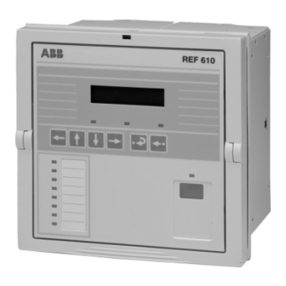ABB CWC Manual
Other ABB Relay manuals
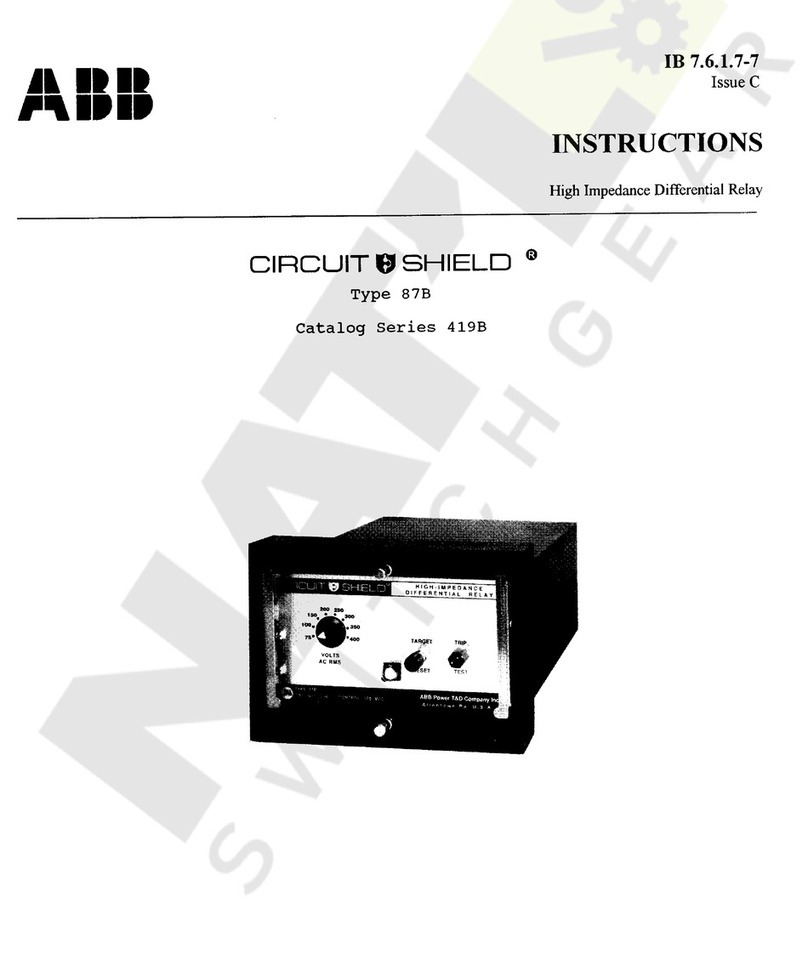
ABB
ABB Circuit Shield 87B User manual

ABB
ABB REL650 series Instructions for use
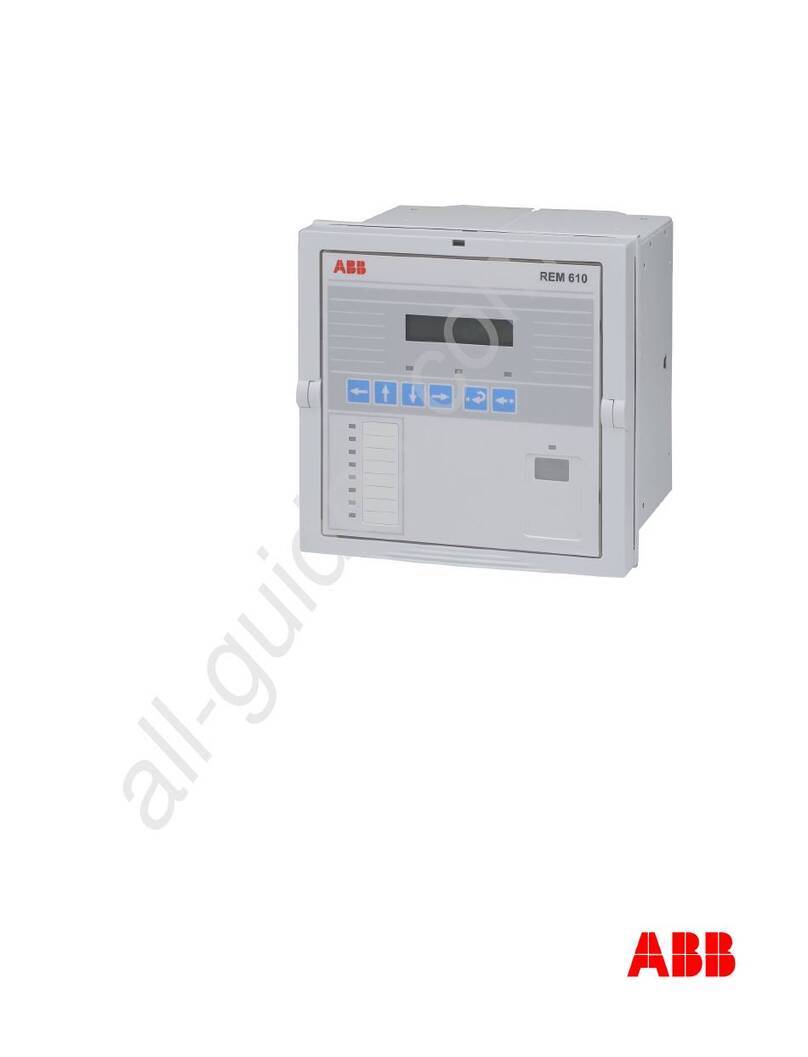
ABB
ABB REM 610 User manual
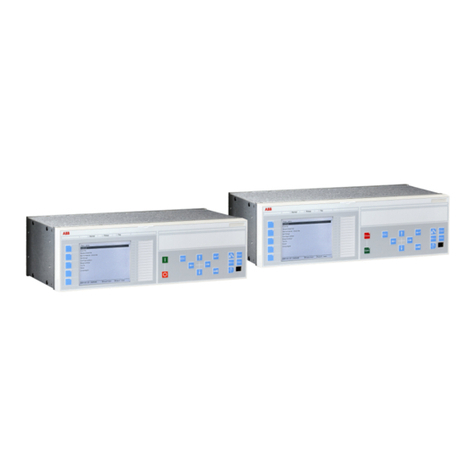
ABB
ABB RELION 650 SERIES User manual
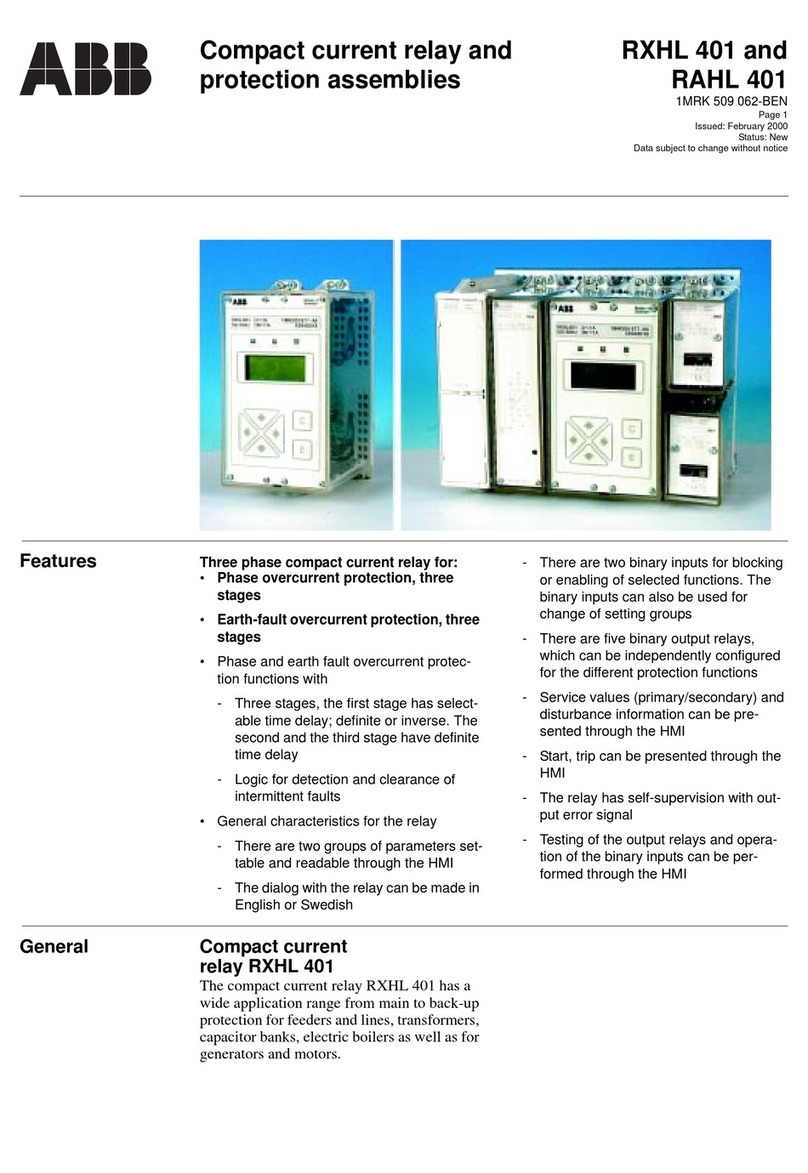
ABB
ABB RXHL 401 User manual
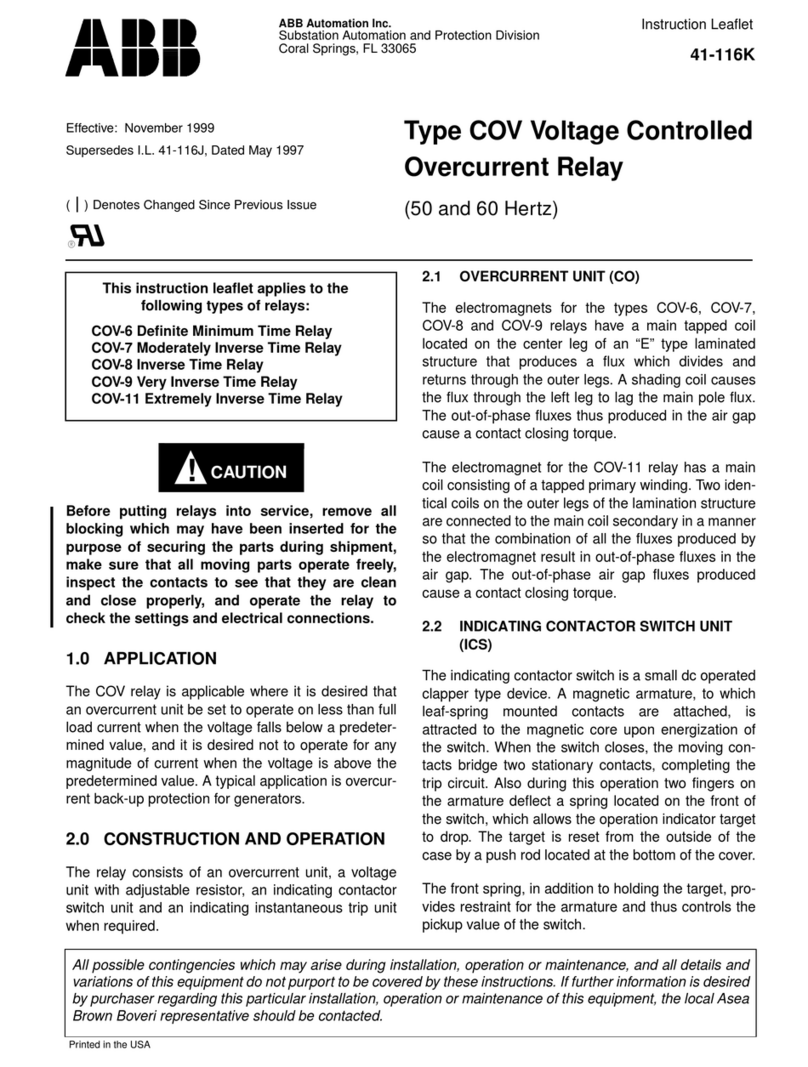
ABB
ABB COV Series Manual

ABB
ABB REJ 527 Product manual
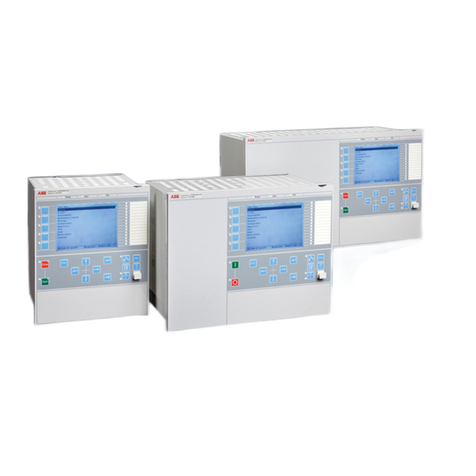
ABB
ABB Relion REC670 Quick start guide

ABB
ABB C6701 User manual

ABB
ABB RELION RET670 User manual

ABB
ABB CT-AHS Firmware update

ABB
ABB CIRCUIT SHIELD 437W Series User manual

ABB
ABB RELION REF615R User manual

ABB
ABB REU 523 User manual
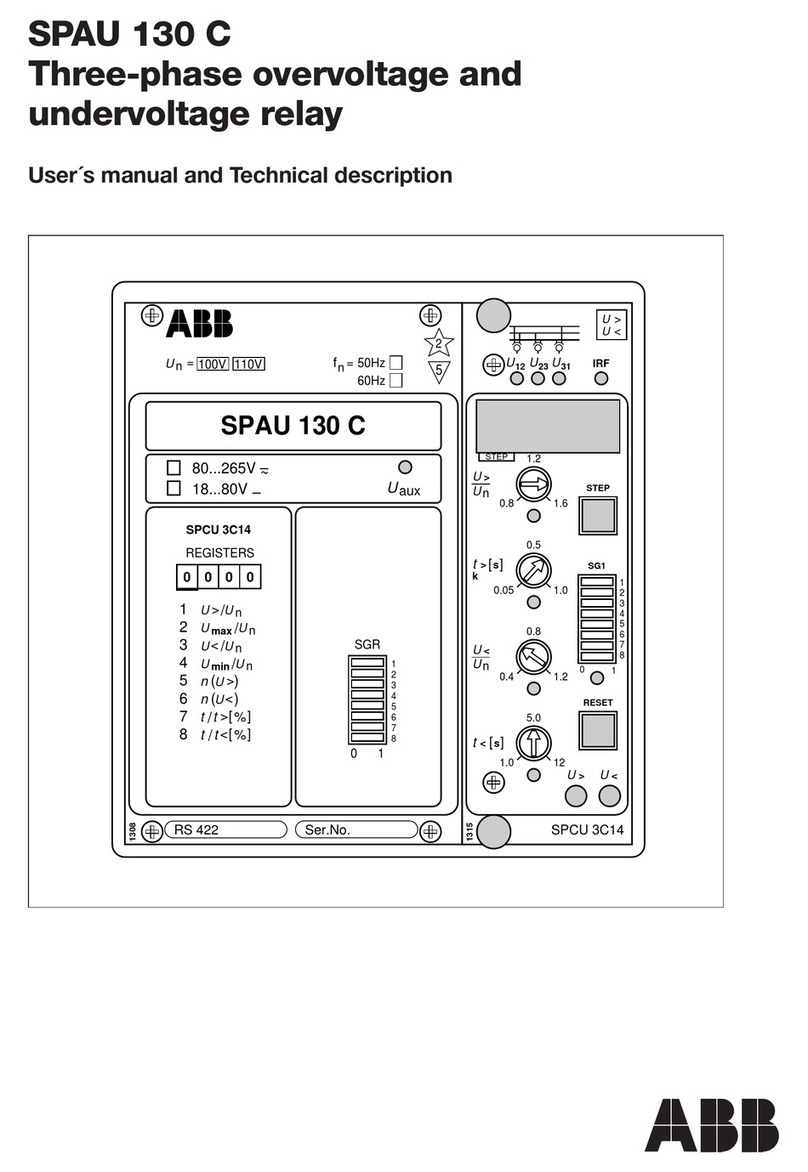
ABB
ABB SPAU 130 C Parts list manual

ABB
ABB Relion 620 Series Operating and maintenance instructions

ABB
ABB Rellon 620 Series User manual
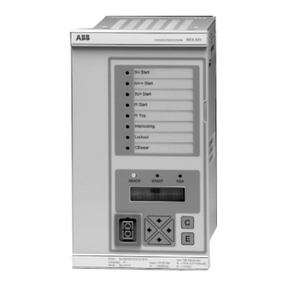
ABB
ABB REX 521 User manual
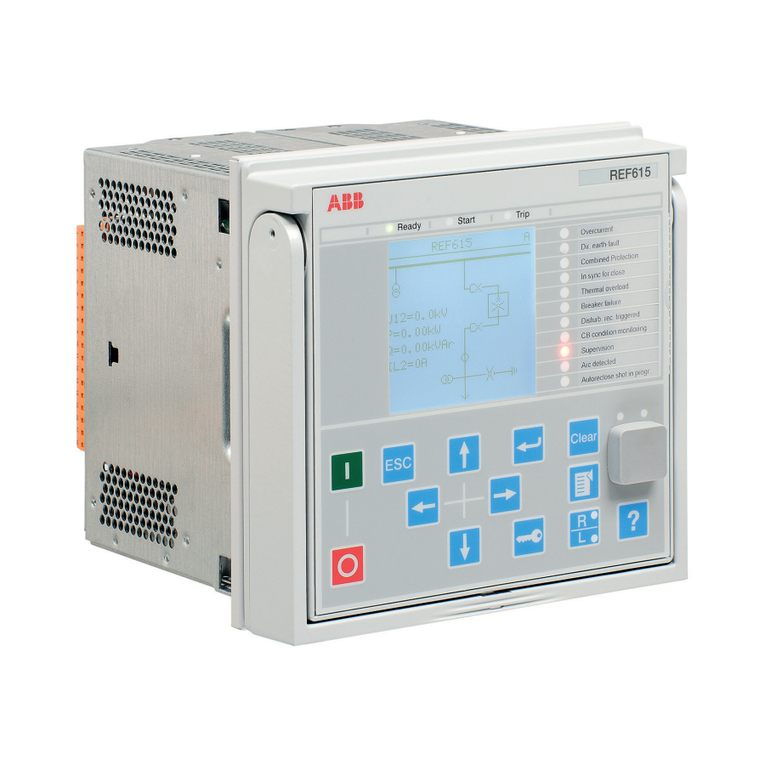
ABB
ABB Relion 615 series Instructions for use
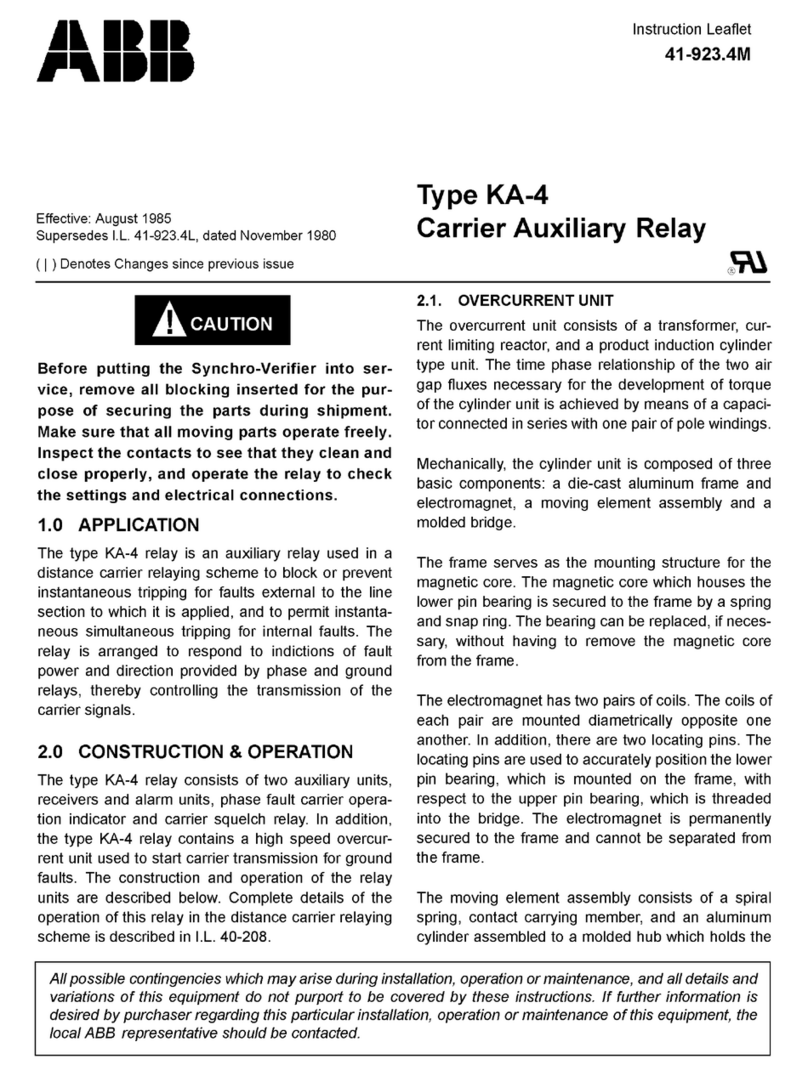
ABB
ABB KA-4 Manual


